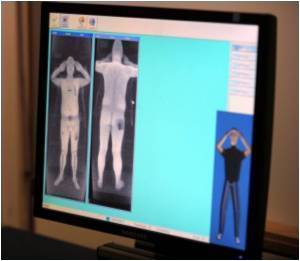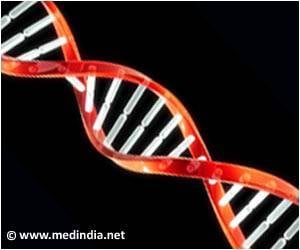
‘New therapeutic technique using a combination of gene therapy and transplantation of hematopoietic (blood-forming) stem cells for Fatal Sanfilippo syndrome – a rare genetic disorder that leads to childhood dementia and premature death in children as young as 2 years old, can bring a revolution in the approach to treating it. The technique would serve as a new tool for clinicians to also treat a range of rare genetic conditions that affect the brain.’
Tweet it Now
Symptoms include childhood dementia, behavioral problems, and sleep disturbance, inability to speak, and death before the age of 20. The syndrome shares common pathology with other types of diseases in the same family of lysosomal storage disorders. As such only a few types have a treatment, with no cure at present. "We are using a combination of gene therapy, stem cells, and small molecules to restore metabolic defects in the patient's brain cells. First results in the mouse models of the disease are very encouraging", says Dr. Alexey Pshezhetsky, Professor at CHU Ste-Justine and lead GlycoNet Investigator on this project.
The disease can affect about 1 in 5,000 births with some of the diseases being more frequent in specific populations such as Tay-Sachs disease affecting Ashkenazi Jewish and French Canadians or Sandhoff disease with high prevalence in northern Saskatchewan.
Treatment Approach in Sanfilippo Syndrome
Enzyme replacement therapy is used to treat certain lysosomal storage disorders that do not affect the brain, on a weekly or monthly basis injection. The same does not work well with Sanfilippo syndrome, as the injected enzymes cannot reach the brain.
Advertisement
The study team thus used a combination of gene therapy and transplantation of hematopoietic (blood-forming) stem cells – a one-time treatment to potentially cure or ameliorate the disease (similar to bone marrow replacement therapy). The patient's stem cells are first harvested and genetically corrected to eliminate enzyme defects followed by injecting them back to the patient.
Advertisement
"About two-thirds of lysosomal storage disorders affect the brain. If we find out how to treat Sanfilippo syndrome, we can extend our knowledge to other similar diseases. I think it's important for people to know that recent discoveries lead to a paradigm shift for pediatric healthcare. Even if diseases are rare or ultra-rare we are not leaving patients behind but are developing customized ways to treat them," says Pshezhetsky.
The study states that the new approach would serve as a new tool for clinicians to treat a range of rare genetic conditions that affect the brain. The team further plans to gather more data before the use of therapy in human patients.
Source-Medindia










